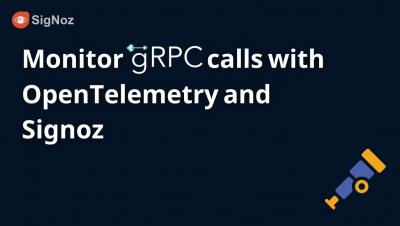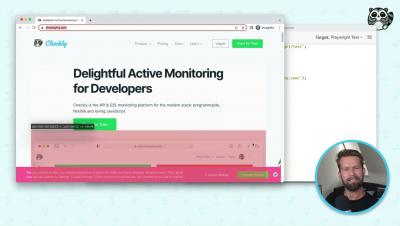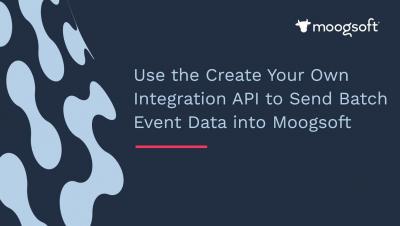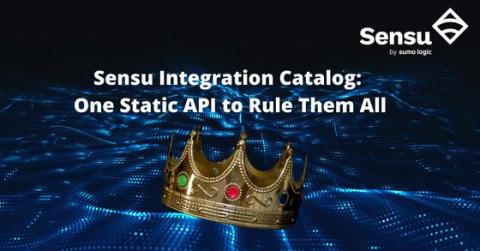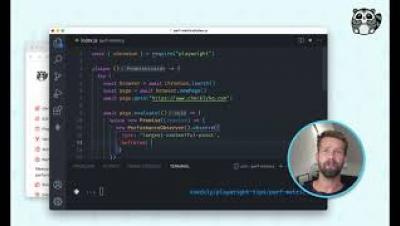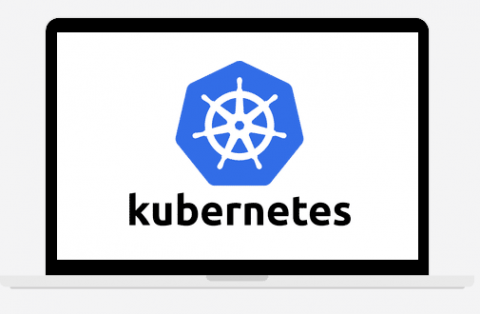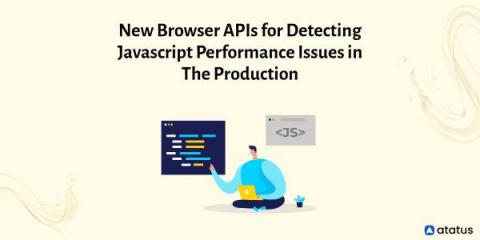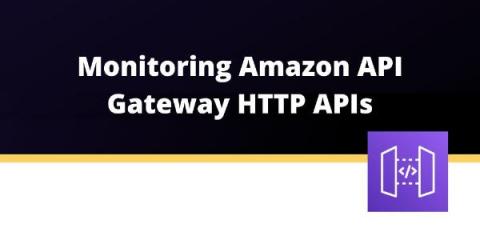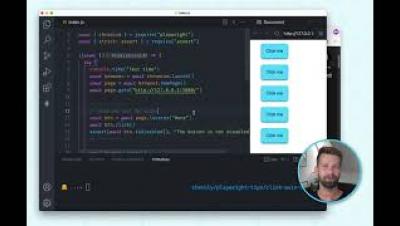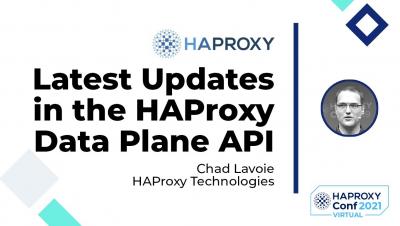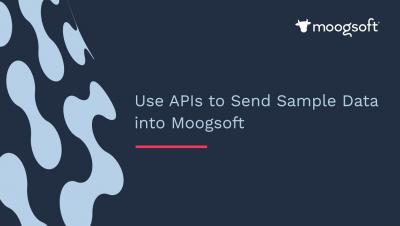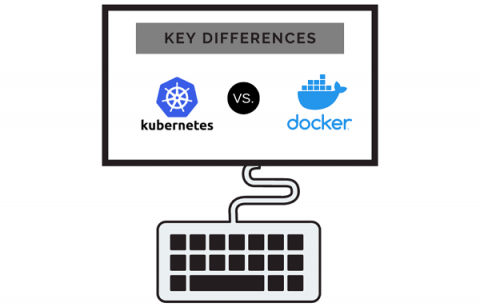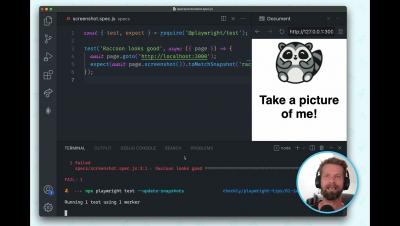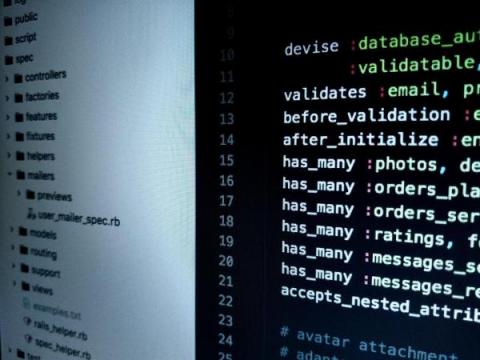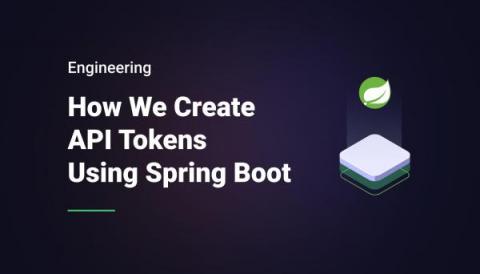Operations | Monitoring | ITSM | DevOps | Cloud
June 2022
How to record automation scripts using Playwright Codegen
Use Create Your Own Integration API to Send Batch Event Data to Moogsoft | Product Videos & How-Tos
Sensu Integration Catalog: One Static API to Rule Them All
ICYMI: in Part 1 of this blog post, I introduced Sensu Catalog Integrations, one of the three components that make the Sensu marketplace work. In this post, I want to cover the second piece, the Catalog API generator. This is the tool that consumes the github.com/sensu/catalog repository content and renders static http API content the Sensu web app can consume.
How to evaluate Largest Contentful Paint using Playwright
Local Kubernetes Environments: Part 2
Kubernetes shouldn’t be reserved for production. Using local Kubernetes in development means you can build and test your service using the same technologies as your live deployments. Some organizations provide a shared Kubernetes cluster for development activities. Others offer on-demand virtual clusters that serve staging environments for significant changes.
New Browser APIs for Detecting Javascript Performance Issues in The Production
Users nowadays demand the greatest possible experience, which implies top-notch performance. Smooth scrolling, prompt interaction responses, a fast page load time, and flawless animations are all things they anticipate. Local profiling to identify performance issues is convenient, but it only provides a limited amount of information. While things may run smoothly on our high-end developer machines, the user may be dealing with poor hardware and a bad experience.
How low-level API calls can stabilize your end-to-end tests
We’re heavy end-to-end monitoring users here at Checkly and always experiment with how to architect our tests the best way. Over the past months, we’ve settled on a few workflows that make it much easier to spin up new tests, avoid code duplication, and make the entire test setup easier to manage. One of those strategies is to strictly separate concerns in our tests.
Why and how to monitor Amazon API Gateway HTTP APIs
API gateways are part of every modern microservice architecture. As their name already suggests, they are the gateway into your system; everyone who wants to access your service has to go through a gateway. In 2019, AWS announced HTTP APIs for its API Gateway (APIG) service. This was a big step to add more flexibility and lower latency to APIG. Before this release, you could only build REST APIs with APIG, which only helped when you wanted to create an API based on the REST architecture.
How to avoid delays and "waitFor" statements using Playwright auto-waiting
Latest Updates in the HAProxy Data Plane API - Chad Lavoie - HAProxyConf 2021
Use APIs to Send Sample Data into Moogsoft | Moogsoft Product Videos & How-Tos
Kubernetes vs Docker: Key Differences
It's impossible to learn about containerization without hearing about Docker and Kubernetes. These two tools together dominate the world of containers, both being the de-facto standard in what they each do. When you're first getting started learning about containers, it can be quite a challenge to figure out what the differences are between these two tools.
How to do visual regression testing using Playwright
Monitoring APIs with Authentication
With the rise of microservices and distributed systems, more and more data migrates through APIs. So, let’s look at the best ways to monitoring APIs using authentication.
Integrating API Monitoring Into Your Performance Management Strategy
APIs have existed nearly as long as websites themselves. But because APIs are primarily consumed by programs instead of people, they tend to be less visible than applications or sites directly accessed by users. The result: APIs often receive far less attention from a site reliability engineering (SRE) and monitoring perspective than other parts of application environments.


